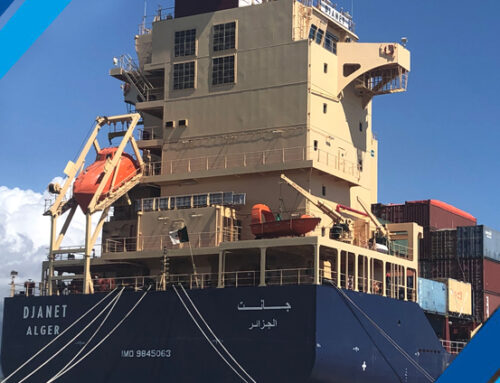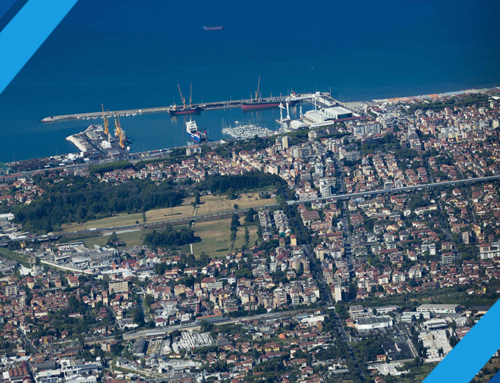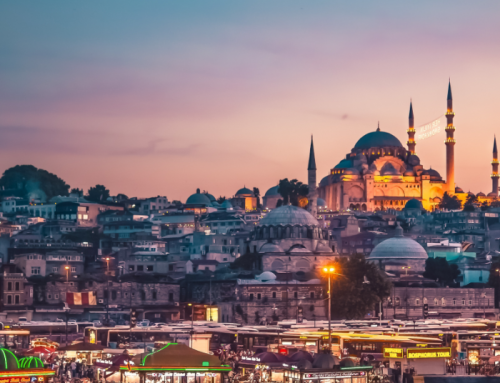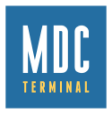The need to reduce supply chain to ensure safety – the development and structural interconnection of large regions – and the need to give answers to the migration crisis that pushes from Africa to Europe are outlining a new centrality of the Euro-Mediterranean area, that links the Eurasian and African continents.
North Africa – middle earth between the European South and that of Sub-Saharan Africa – plays a crucial role catalyzing growing international investment, further urged by climate change and since the outbreak of the SARS-CoV-2 pandemic.
Having vision of this epochal change is no longer an option but a strategic need for survival, in which ports have a leading role. Ongoing changes emancipate ports from being mere optionable entrances of goods transported by sea, clearly highlighting their function of logistic steering wheels, as structured hinges between production and territories.
Namely, Euro-Mediterranean trades – in which demand and changes of young economies will play an increasingly dominant role – enhance the multi functionality of ports, in which containers constitute an important element, but not unique. The size of the ports is medium or small, discarded by naval gigantism, functional to the volumes of the cargoes that infuse the Euro-Mediterranean traffics. The new centrality of the Mediterranean demands a collaborative and synergic model between the different territorial subjects and the harbour operators. The balance point is the governance capacity of the AdSP, guarantors through their work of market regulation, planning, programming and promotion, of a fair development and the redistribution of the benefits of this process on the territories. Traffics of containerized freight, project cargo, general cargo often transported by train and bulk cargo require highly specialized handling, speed and administrative simplification, security and strong rationalization of port areas, interconnected to terrestrial networks.











